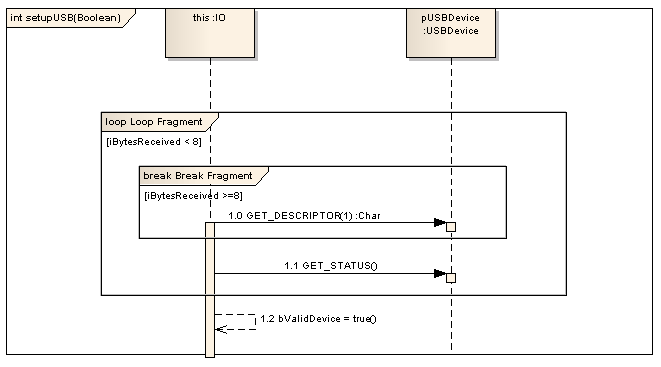

This view is useful in designing or understanding the main structure of an application and its sub-components and the associated data. When using nesting (placing element inside another element), the “write access” relationship is hided (but still exists in the repository). This view visualizes the ownership of the data objects. Applications And Data View.Īnother variation how applications access the data objects shown below. Now exactly the same data objects are explicitly modelled as shown as labels of the data flows in the diagram above. This view introduces the data objects accessed by the applications. This informative view can be used for introducing interactions between applications: what information they switch and to which direction the information flows.

Application Co-Operation View (Data flows) E.g. the infrastructure on which the applications are running, can be modelled if relevant, or left out in the case of cloud-services for eample. relevant elements of the business architecture such as the business service and the business process involved, and which application services are supporting the business process, which applications are providing those application services etc. The Layered View can be applied to fit for purpose, only relevant layers can be modelled depending on the case and what is appropriate. The main advantage of the Layered View is to illustrate the overview in a single diagram. There can be many variations of the Layered View, an example is shown below. This granularity of building blocks can be shared between the architecture levels from Enterprise Architecture to Application Architecture (Solution Architecture). The context of an application can be illustrated by utilizing the Layered View. Layering doesn’t mean that the elements exist in specific layers – there is no such layers in practice in an organization. Note! Layering is the categorization of the elements, as there are exactly the same behavioral and structural elements on each layer. Application Architecture Overview – the Context (Layered View)Īn overview of an application can be modelled with Layered View. Application Architecture (or Solution Architecture, SA) can be modelled with the same set of ArchiMate diagram types as other levels of architecture (Enterprise- and Domain levels).Īpplication architecture can be modelled with a small subset of ArchiMate elements as follows: Application Component, Application Service and Application Interface. Relationships between those elements can be modelled with ArchiMate relationships as follows: structural relationships (Composition, Assignment, Realization), dependency relationships (Serving, Access) and dynamic relationships (Triggering, Flow).


 0 kommentar(er)
0 kommentar(er)
